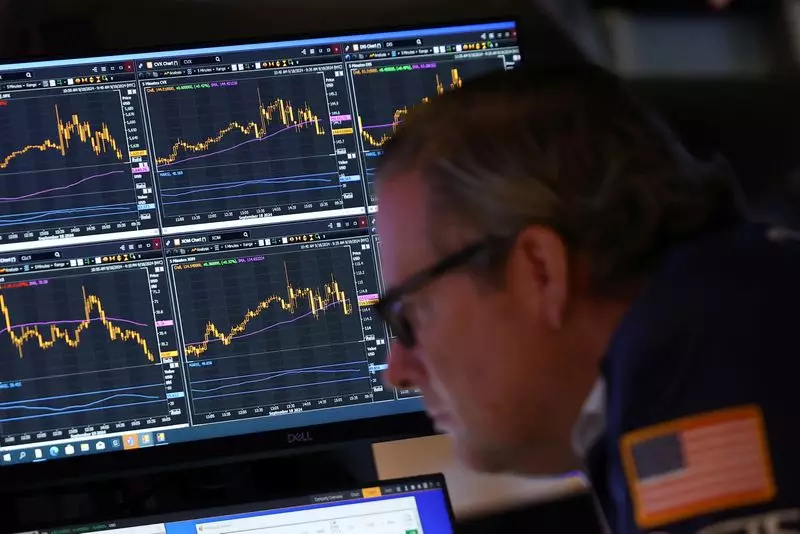Recent developments in U.S. monetary policy have sparked a palpable shift in investor behavior, especially regarding exchange-traded funds (ETFs) centered on dividend-paying stocks. As the Federal Reserve commenced its rate-cutting strategy—the first since 2020—investors have flocked to these income-generating investment vehicles. This influx generally speaks to a broader search for yield amid fluctuating interest rates, but rising Treasury yields are also creating a complex backdrop for this trend. Understanding the factors influencing this migration toward dividend ETFs provides insight into the current state and future trajectory of the market.
According to Morningstar, the group of 135 U.S. dividend ETFs experienced an influx of $3.05 billion in September, coinciding with the Fed’s decision to cut interest rates by 50 basis points. This marks a significant uptick from an average monthly inflow of just $424 million observed from January to August 2024. The surge can be attributed to a confluence of factors: a common strategy among income-focused investors to shield themselves from dropping yields, alongside a changing economic landscape influenced by recent policy decisions. Nick Kalivas, head of factor and equity ETF strategy at Invesco, aptly outlines that the structural shift in monetary policy is compelling cash to seek out new opportunities, with dividend-yielding stocks emerging as one of the primary beneficiaries.
Rising Treasury Yields: A Potential Headwind
Despite the bullish sentiment surrounding dividend ETFs, there are emerging headwinds that could temper this enthusiasm. Recently, benchmark 10-year Treasury yields have climbed, reaching two-month highs fueled by robust employment figures that suggest the economy may not necessitate further aggressive rate cuts. This resurgence in yields could challenge the attractive nature of dividend stocks, as fixed-income options become more appealing. The current environment necessitates that investors carefully consider the trade-offs when pursuing dividend ETFs, particularly in light of rising Treasury rates.
Another salient factor in the renewed interest in dividend ETFs is the stark valuation levels present within various market sectors, particularly technology. The S&P 500, trading at approximately 21.5 times future 12-month earnings estimates, is nearing its highest valuation in three years—well above its long-term average of 15.7. Josh Strange from Good Life Financial Advisors highlights the concentration in a few key tech names, particularly in the artificial intelligence sector, which has led to inflated valuations that make dividend-yielding stocks an attractive alternative for risk-averse investors.
Dividend ETFs vary significantly in their strategies and yield offerings, reflecting the diverse nature of the underlying assets. Yields can range from just under 2% to as high as 3.6%, aligning with the average yields from 10-year Treasuries around the same percentage mark in September. Energy and financial sectors dominate many of these ETFs—Chevron, JP Morgan Chase, and Exxon Mobil are prominent examples—but investors can also find exposure to pharmaceutical giants and utility providers. This balanced mix offers potential for capital appreciation alongside income generation.
Sean O’Hara, president of Pacer ETFs, suggests that those pursuing high dividend yields must also prioritize the underlying companies’ growth potential. Investing in firms with robust fundamentals not only improves the likelihood of consistent payouts but also aligns with investment strategies focused on long-term capital appreciation. Pacer employs a selective approach by constructing ETF portfolios based on free cash flow, exemplified by the Pacer US Cash Cows ETF, which has drawn substantial inflows in recent times.
The landscape for dividend ETFs has evolved remarkably in light of recent Federal Reserve actions and prevailing economic conditions. For those anticipating income in a low-yield environment, these ETFs present a viable option, particularly given the uncertainty surrounding future interest rate movements. However, risks still abound, from rising Treasury yields to overarching economic factors that could influence market dynamics. As investors navigate this complex terrain, maintaining a balanced perspective—embracing both opportunity and risk—will be crucial in making informed decisions in the dividend investment space.

